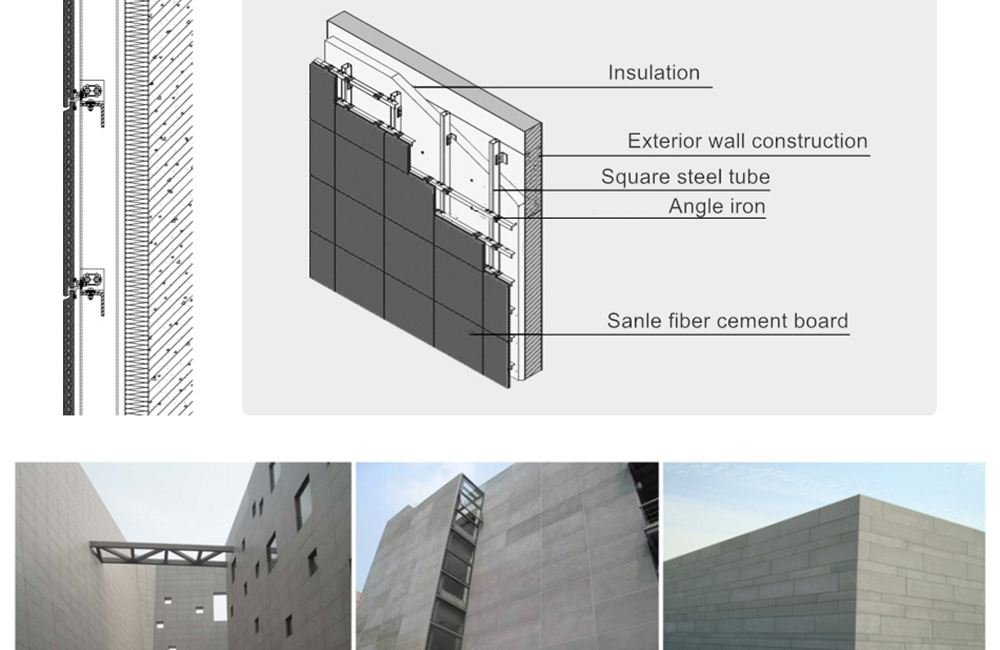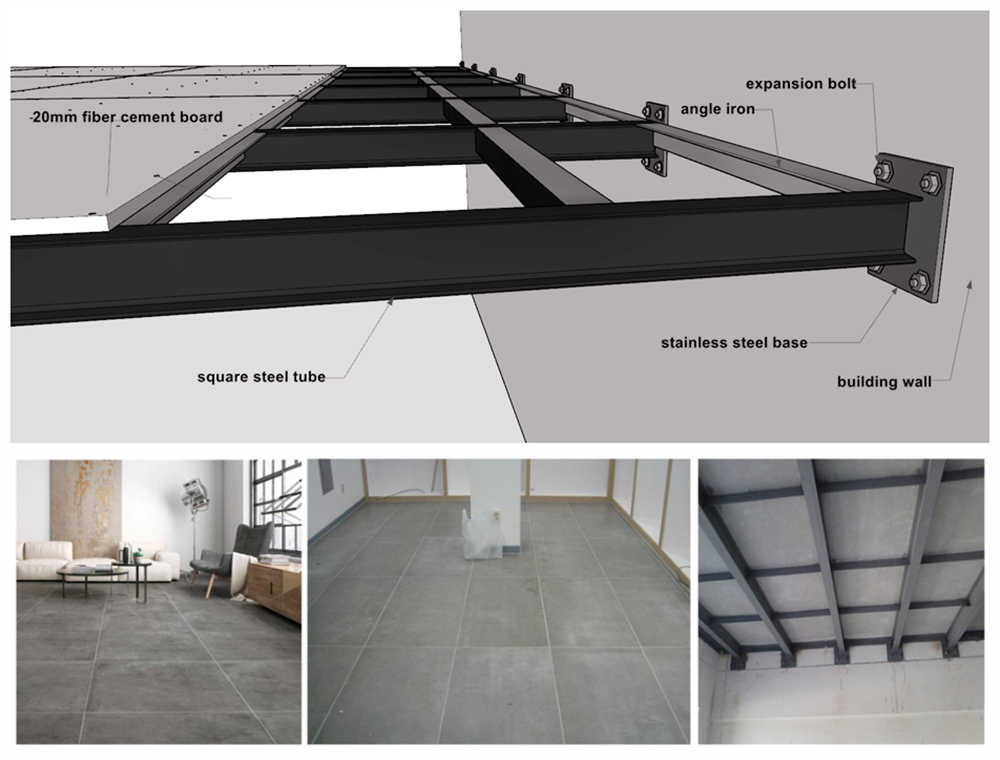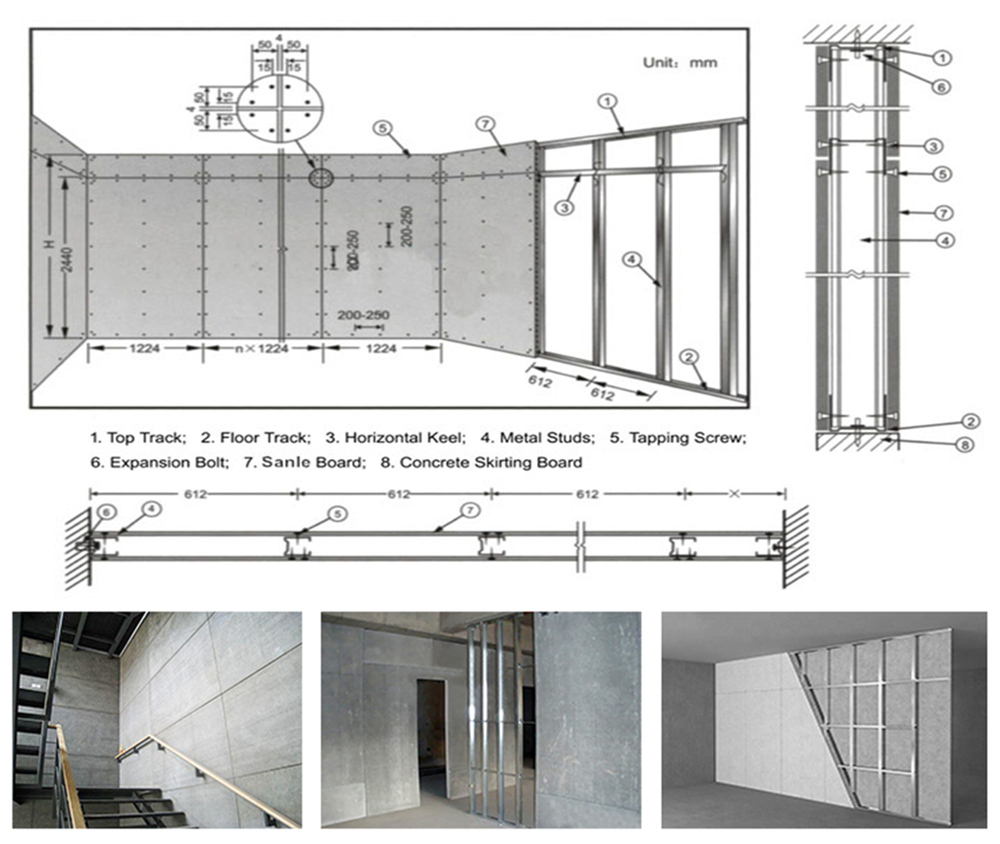
Fiber Cement Board Vs. Other Building Materials
Ingenious fiber cement boards have risen to prominence, outshining traditional cement boards and other building materials with their exceptional properties.
In this article, we will talk about the key differences that set fiber cement boards apart, exploring their unique characteristics.
Fiber Cement Boards
Fiber cement boards are composite materials that blend the power of cement with the resilience of cellulose fibers. This dynamic combination creates a product known for its durability, versatility, and eco-friendliness.
Ideal for exterior siding and roofing, fiber cement boards have transformed the construction landscape due to their ability to withstand harsh weather conditions, fire, and pests, while also being low maintenance.
How do Fiber Cement Boards Differ from Traditional Cement Boards?
Traditional cement boards consist solely of cement and do not incorporate the flexible properties of cellulose fibers. This difference is crucial, as fiber cement boards benefit from enhanced impact resistance and reduced weight, making them easier to handle and transport during installation.
Additionally, the cellulose fibers grant fiber cement boards greater flexibility, reducing the risk of cracks and breakage that may occur in traditional cement boards due to their rigid nature.
Fire Resistance: A Clear Distinction
One of the most prominent differentiators between fiber cement boards and other building materials is their exceptional fire resistance. Unlike wood-based materials and some traditional cement boards, fiber cement boards are non-combustible. This property ensures that in the event of a fire, they do not contribute to the spread of flames, thereby enhancing the safety of the structure and its occupants.
Resistance to Moisture and Rot
When compared to wood, which is prone to rot and moisture damage, fiber cement boards triumph as a superior choice. The cement component of fiber cement boards renders them highly resistant to water, preventing warping, swelling, and decay. As a result, these boards maintain their structural integrity and aesthetic appeal even in areas with high humidity or frequent rain.
Eco-Friendly Edge: Fiber Cement vs. Vinyl Siding
Another common building material for siding is vinyl, but fiber cement boards take the lead in terms of eco-friendliness. While vinyl is a petroleum-based product with associated environmental concerns, fiber cement boards utilize recycled and sustainable materials, such as wood fibers from responsibly managed forests or recycled paper, making them a more sustainable choice for environmentally conscious projects.
Aesthetics and Versatility
In terms of aesthetics, fiber cement boards are a designer's delight. They can be manufactured to mimic the appearance of natural wood, stucco, or even stone, offering a wide range of architectural possibilities. Whether aiming for a rustic charm or a contemporary look, fiber cement boards effortlessly adapt to various design styles, making them a versatile choice for architects and homeowners alike.

Are Fiber Cement Boards Suitable for Both Interior and Exterior Applications?
While fiber cement boards are commonly used for exterior siding and roofing, they can also be utilized for interior applications such as wall cladding, partitions, and ceilings. Their durability and resistance to moisture and fire make them a reliable choice for both indoor and outdoor projects.
How Do Fiber Cement Boards Fare in Extreme Weather Conditions?
Fiber cement boards excel in extreme weather conditions, from scorching summers to freezing winters. Their resistance to temperature fluctuations ensures they do not warp or crack, maintaining their structural integrity for years to come.
Do Fiber Cement Boards Require Special Maintenance?
Fiber cement boards are relatively low-maintenance. Periodic cleaning with water and mild detergent is usually sufficient to keep them looking pristine. Unlike wood, they do not need frequent painting or sealing, saving time and maintenance costs.

Conclusion
Fiber cement boards have emerged as a trailblazing construction material, surpassing traditional cement boards and various other alternatives with their unparalleled benefits. Their blend of durability, fire resistance, and eco-friendliness has captured the attention of architects, builders, and homeowners worldwide.
With these cement fiber boards at the helm of modern construction, the future of architecture is undoubtedly imbued with excellence and innovation. Contact Sanle today to explore the beauty of fiber cement boards and find the perfect solution for your project.






